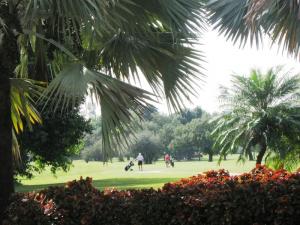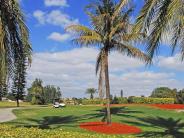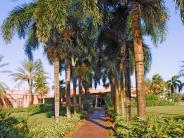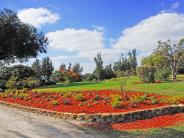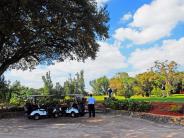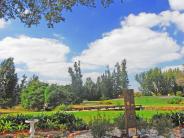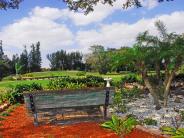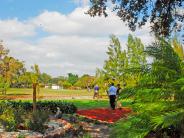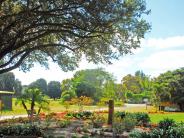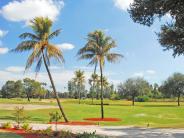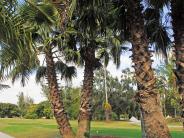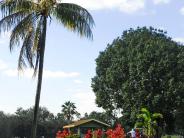Miami Springs Golf Course
MIAMI SPRINGS GOLF COURSE
650 Curtiss Parkway
Designated Miami Springs Historic Site (2008)
Country Club Estates began as a town that was built around a golf course, and to this day Miami Springs maintains this facility as a tribute to our past. A unique example of living history, its 183 historic acres impart an unimpeded vista of tropical foliage and serenity to our city, a sense of heritage and pride to our nearly 14,000 residents, and an opportunity to walk in the footsteps of legends for the thousands of visitors who play there every year. Preserving this course is our legacy to future generations, and the Miami Springs Golf Course holds a special place in the heart and history of our hometown.
To appreciate the historical significance and interconnectedness of the golf course to our community, one needs to go back to the post-WWI Florida “land boom” and the “Miami Coconuts,” a group of prominent businessmen, developers and politician golf enthusiasts led by H.B. Martin, editor of The Southern Golfer. This inspired group convinced aviation pioneer, inventor and developer Glenn Curtiss to provide a golf course for visitors to the area. As the Miami-Hialeah Golf Club, it opened in 1923, and is the oldest municipal golf course in South Florida.
The listing of golfers who have played this course through the years reads like a Who’s Who of the most famous and beloved individuals of their time, including: Glenn Curtiss, James Bright, Walter Hagen, Tommy Armour, Gene Sarazen, Byron Nelson, Sam Snead, Mickey Mantle, Yogi Berra, Don Drysdale, Whitey Ford, Jackie Robinson, Althea Gibson, Charlie Sifford, Dinah Washington, Nat "King" Cole, Sugar Ray Robinson, Joe Louis and Arnold Palmer.
The Miami Springs Golf Course was the home of the PGA Miami Open from 1925 to 1955, and the first golf course in Florida (and maybe in the South) to admit black players. Abundant fresh water discovered under it gave our city its name, and allowed the city of Miami to continue growing when its wells were threatened by saltwater intrusion. The original wooden aqueducts still exist under the greens.
For more information about the golf course, its detailed history, rates and events, click on www.miamispringsgolfcourse.com.
Click any thumbnail image to view a slideshow

